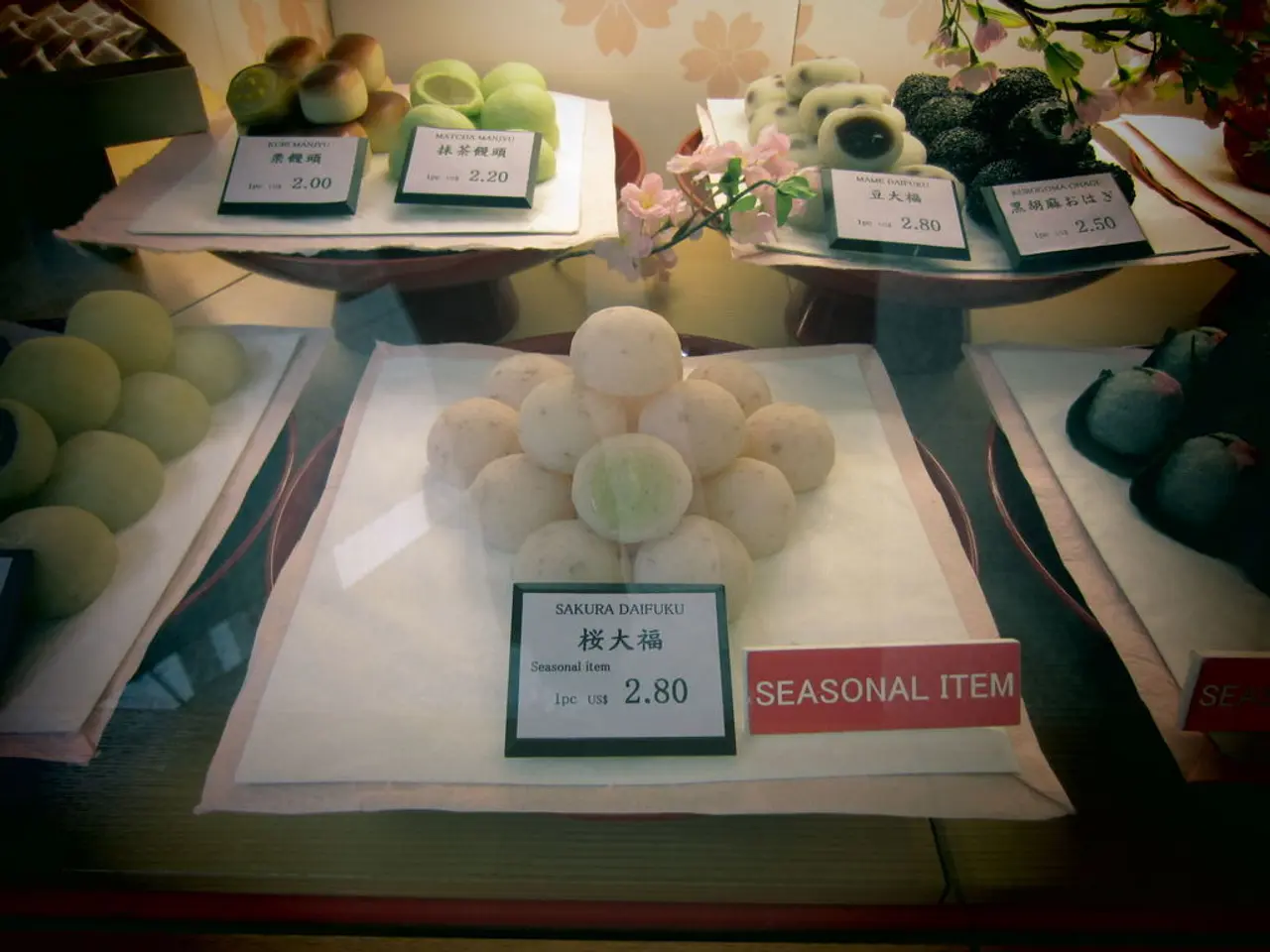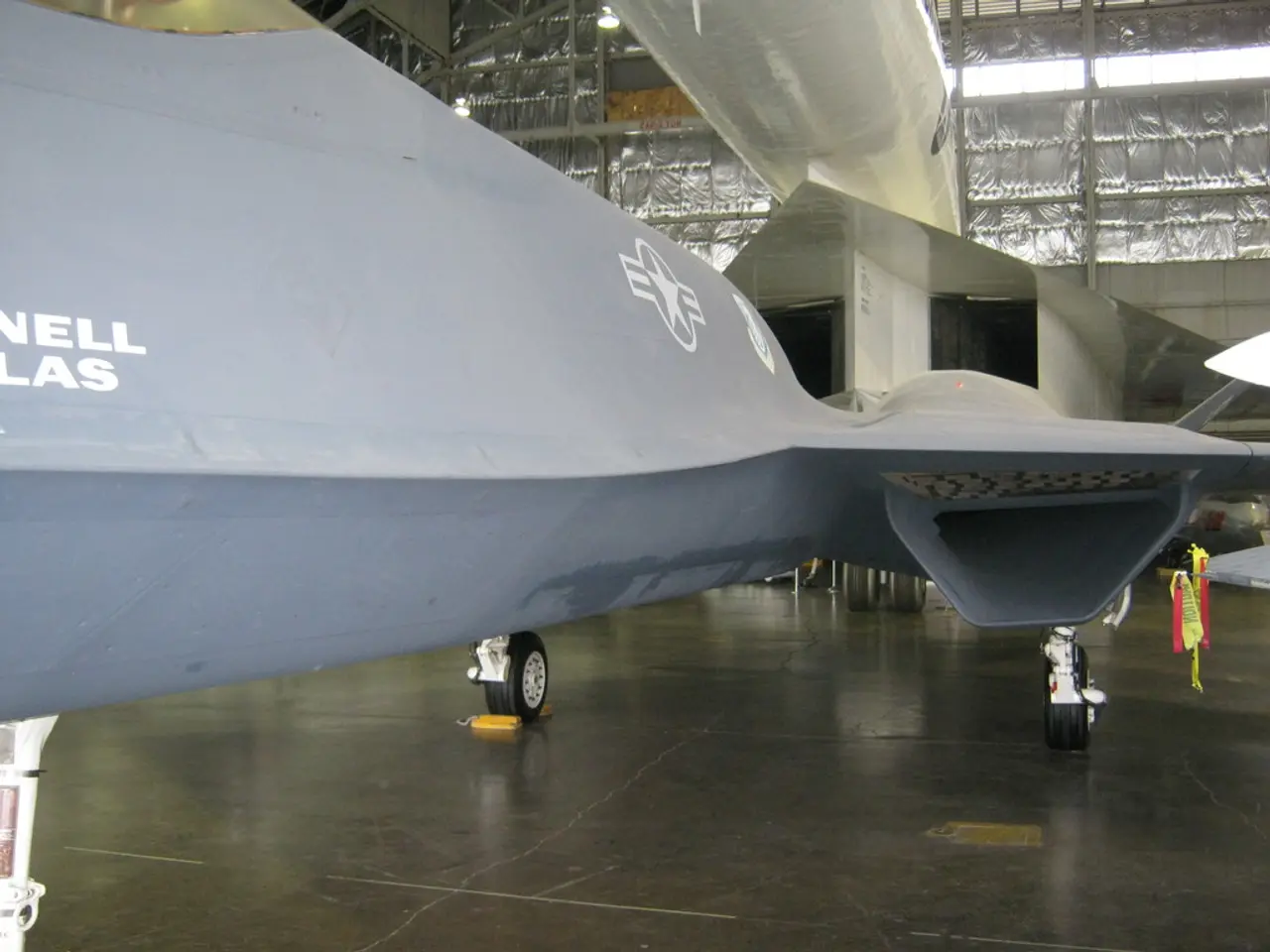The Complexity of Tariff Impacts: A Delayed But Potential Escalation
**Tariffs and Inflation: A Closer Look at the PPI and CPI**
Tariffs, taxes on imported goods, have a direct impact on both the Producer Price Index (PPI) and the Consumer Price Index (CPI), although the effects vary in intensity and timing.
**Impact on PPI**
The PPI, which measures the average change in prices received by domestic producers, is immediately affected by tariffs. The increased cost of imported inputs for domestic producers can lead to higher producer prices, particularly in sectors reliant on foreign materials. However, these cost increases may initially be absorbed by firms but are likely to be passed on to consumers as tariffs persist or rise.
**Impact on CPI**
The CPI, on the other hand, reflects what consumers pay for goods and services. When tariffs are imposed, import-dependent categories often experience noticeable price increases. For instance, appliances saw a significant cost increase in May 2025, the highest monthly rate in nearly four years. However, the impact on aggregate CPI has been modest so far, with only subtle shifts visible in recent reports.
**Transmission Mechanism and Timing**
The pass-through of tariff costs to consumer prices is not instantaneous. Businesses and consumers sometimes stock up on imports before tariffs take effect, delaying the upward pressure on domestic prices. However, as inventories adjust and higher costs accumulate, more of the tariff burden is passed on. Research indicates that about a third of manufacturers and 45% of service firms fully pass along tariff-induced cost increases to consumers.
**Sectoral Variation**
The effect is most pronounced in sectors with high import exposure. Nearly two-thirds of household furniture and a significant portion of other household goods are imported, making these categories particularly sensitive to tariff changes. In contrast, less import-exposed sectors see minimal direct effects.
**Economic Side Effects**
Higher costs for foreign inputs make domestic production less efficient, potentially reducing labor demand and overall employment in the short to medium term. As imports become more expensive, consumers and businesses may substitute domestically produced goods, supporting some domestic industries but at the cost of higher prices and reduced variety on the consumer side. Reduced spending power due to higher prices may lead to a general decrease in economic activity, which can offset some of the gains for domestic producers.
**Key Takeaways**
- Tariffs raise the prices of import-exposed goods, with notable increases in categories like appliances, furniture, and tools, which are heavily imported. - The impact on PPI is typically faster and more direct, as producers face higher input costs, while the effect on CPI is lagged and more nuanced, depending on how quickly and fully firms pass costs to consumers. - Over time, the inflation effect is expected to intensify, potentially adding about 1 percentage point to headline inflation as more tariffs are enacted and their effects fully materialize. - Overall employment and economic efficiency can decline as tariffs make production more expensive and may lead to substitution effects that do not fully compensate for the loss in trade efficiency.
In June 2025, the PPI year-over-year (non-seasonally adjusted) was 2.3%, down from 2.7% in May, and the core PPI was up 2.5% in June, compared to 2.8% in May. The CPI year-over-year inflation in June 2025 reached 2.7%, higher than the May 2025 CPI year-over-year inflation of 2.4%. The increase in shelter had an oversized impact on CPI values and inflation due to its large proportion in the CPI basket. However, Oxford Economics suggested that tariffs were contributing to the increase in inflation, but this may not be accurate according to the Bureau of Labor Statistics.
Financial analysts need to closely monitor the impact of tariffs on both the Producer Price Index (PPI) and the Consumer Price Index (CPI) as these taxes on imported goods can influence the cost of business. For instance, tariffs may cause inflation in sectors with high import exposure, such as household furniture, appliances, and tools. On the other hand, businesses might need to seek alternative financing options to manage increased production costs resulting from tariffs, thereby affecting overall business mostly in the short term.




